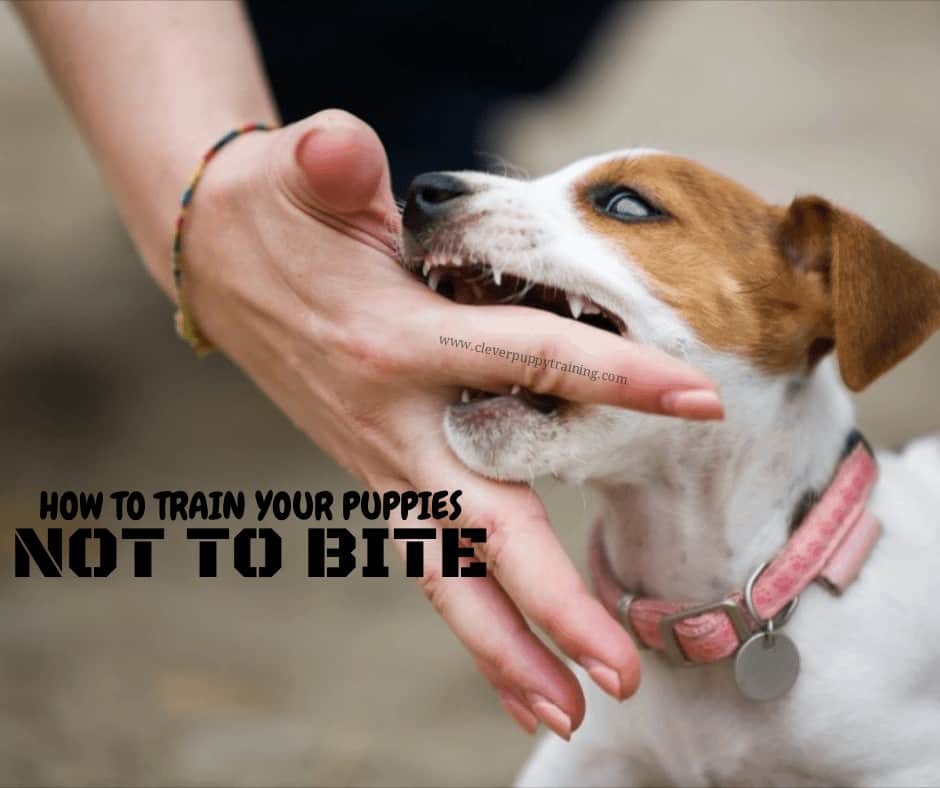how do you train a dog not to bite
How to Train a Dog Not to Bite
Biting is a natural behavior for dogs. They use their mouths to explore their surroundings, communicate with other dogs, and defend themselves. However, when a dog bites a person, it can be a serious problem. Not only is it painful, but it can also be dangerous.
If your dog has bitten someone, it's important to take action to prevent it from happening again. The good news is that you can train your dog not to bite with patience, consistency, and positive reinforcement.
Step 1: Identify the triggers
The first step to training your dog not to bite is to identify the triggers that cause them to bite. Some common triggers include:
- Pain
- Fear
- Excitement
- Territorial aggression
- Resource guarding
Once you know what triggers your dog's biting, you can start to work on desensitizing them to those triggers.
Step 2: Desensitize your dog to the triggers
The goal of desensitization is to gradually expose your dog to the triggers that cause them to bite in a controlled environment. This will help them to learn that the triggers are not something to be afraid of.
To start, you'll need to find a trigger that doesn't cause your dog to bite. Once you've found a trigger, you can start by exposing your dog to it for a very short period of time. Gradually increase the duration of exposure over time until your dog is able to tolerate the trigger without biting.

Here are some tips for desensitization:
- Start with a low-level trigger.
- Gradually increase the duration of exposure over time.
- Use positive reinforcement to reward your dog for good behavior.
- Be patient and consistent.
Step 3: Teach your dog an alternative behavior

Once your dog is able to tolerate the triggers that cause them to bite, you can start teaching them an alternative behavior. This will help them to learn how to cope with the triggers in a more constructive way.
Some good alternative behaviors include:
- Sitting
- Laying down
- Turning away
- Looking at you

To teach your dog an alternative behavior, you'll need to:
- Start by rewarding your dog for doing the behavior you want.
- Gradually increase the difficulty of the behavior over time.
- Be patient and consistent.
Step 4: Manage the environment

In addition to training your dog, you can also take steps to manage the environment to reduce the chances of your dog biting. This includes:
- Keeping your dog on a leash when you're in public.
- Supervising your dog around children and other animals.
- Providing your dog with plenty of exercise and mental stimulation.
- Avoiding situations that are likely to trigger your dog's biting.
Step 5: Use positive reinforcement

Positive reinforcement is the most effective way to train your dog not to bite. When your dog behaves appropriately, reward them with a treat, praise, or a toy. This will help them to learn that good behavior is rewarded.
Step 6: Be patient and consistent
Training your dog not to bite takes time and patience. It's important to be consistent with your training methods and to never give up. With time and effort, you can successfully train your dog to be a well-behaved member of your family.

Here are some additional tips for training your dog not to bite:
- Start training early. The best time to start training your dog not to bite is when they're a puppy. This is when they're most impressionable and eager to learn.
- Use positive reinforcement. As mentioned above, positive reinforcement is the most effective way to train your dog. When your dog behaves appropriately, reward them with a treat, praise, or a toy. This will help them to learn that good behavior is rewarded.
- Be consistent with your training methods. It's important to be consistent with your training methods so that your dog knows what's expected of them. If you're not consistent, your dog will get confused and may not learn the desired behavior.
- Be patient and persistent. Training your dog not to bite takes time and patience. It's important to be patient and persistent with your training so that your dog has time to learn the desired behavior.
- Seek professional help if needed. If you're struggling to train your dog not to bite, you may need to seek professional help. A qualified trainer can help you assess the problem and develop a training plan that's right for your dog.
Conclusion

Biting is a natural behavior for dogs, but it can be a serious problem if it's not addressed. By following
Thank you for exploring our website by how do you train a dog not to bite. Your presence fuels our commitment to excellence. Come back for a more enriching experience!
